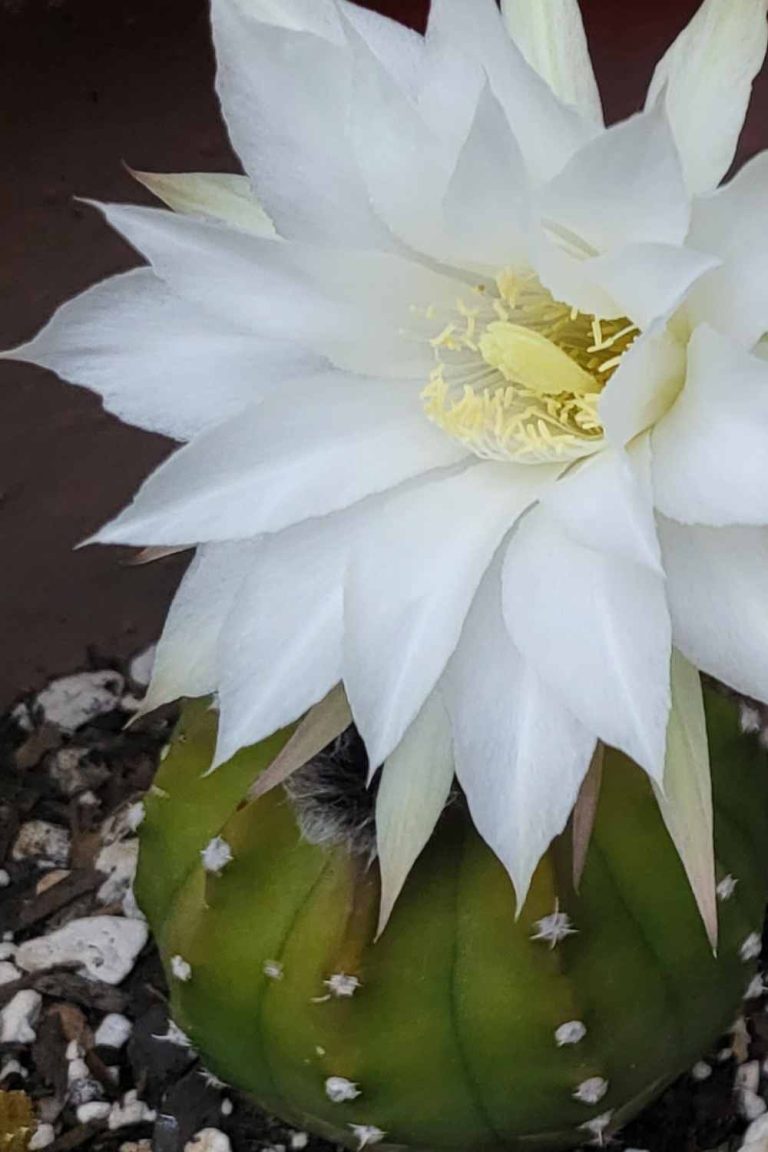When considering the captivating world of cacti, the question arises: Do all cacti bloom? The answer to this common inquiry reveals not only the diversity of cacti but also highlights the intricate ecological and genetic mechanisms underlying their flowering phenomena. With over 2,000 species of cacti, each possessing unique characteristics, the variable nature of blooming becomes a fascinating subject worthy of exploration.
Understanding cactus blooming habits invites a deeper appreciation of these resilient plants and their evolutionary adaptations that enable survival in arid environments.
The many faces of cactus blooms
A remarkable aspect of cacti is their vast array of flowers; some are strikingly vibrant while others are more subdued and subtle. Certain species, like the Echinopsis, explode into magnificent blooms that can reach several inches in diameter, revealing intricate patterns and colors. Meanwhile, others, such as the Saguaro, may be adorned with fewer yet equally intriguing blossoms, blooming predominantly at night and often attracting specific pollinators such as moths.
It is vital to recognize that not all cacti bloom at the same time, nor do they all flourish in the same conditions. Temperature fluctuations, humidity levels, and soil composition play a crucial role in triggering the blooming cycle. For many cacti, the flowering process is initiated only when they reach sexual maturity, which can vary significantly among species—some may take merely a couple of years, while others might require decades commitment.
The adaptive significance of cactus blooms
Flowering serves as an adaptive function for cacti, facilitating reproduction in some of the harshest environments on Earth. In many arid regions, the opportunity for pollination might be limited, leading to the evolution of flowering mechanisms that align with specific environmental cues. For instance, some cacti bloom during particular seasons when pollinators, like bees and hummingbirds, are most abundant. This synchronized blooming behavior serves to maximize reproductive success.
Interestingly, not all cacti are obliged to produce flowers regularly. Factors such as stress, age, or environmental conditions can hinder blooming cycles. Stress from drought or extreme temperatures can lead to blooms being skipped altogether, preserving the plant’s overall health and resilience to survive in harsh conditions. Conversely, a well-cared-for cactus can reward its keeper with breathtaking blooms when its needs are adequately met.
Pollination: The unsung hero of cactus blooms
The relationship between cacti and their pollinators is an exquisite dance of nature. To understand the high stakes involved, one must consider that many cacti depend on specific pollinators to ensure successful fertilization. Moths, bees, and bats are among the key players in this story. The marketing strategies of cacti flowers are truly astounding; through unique colors, scents, and nectar production, these plants entice pollinators, creating a mutually beneficial relationship.
Moreover, some cacti have developed specialized mechanisms to ensure that they attract only the right pollinators. The timing of their blooms—often at night or during specific times of day—aligns with the activity patterns of certain insects or birds, ensuring that the flowers get pollinated before they wither.
Challenges to blooming
Despite the fascinating adaptations that allow cacti to bloom, there are challenges that inhibit this natural process. Overwatering, improper sunlight exposure, and substandard soil conditions can lead to weakened plants, compromising their blooming potential. Additionally, some cacti are notorious for being slow-growers or irregular bloomers. Avid collectors often find themselves waiting anxiously for the flowers’ emergence, as timing can fluctuate year by year.
Furthermore, the relentless competition with other plants for resources in their native habitats means that not every species can flourish simultaneously, leading to staggered blooming cycles within different geographical regions. This uneven blooming can further emphasize the uniqueness of each cactus species, as flowering times receive competitive pressure that molds their evolutionary tactics over time.
Conclusion: A blossoming mystery
In conclusion, the question of whether all cacti bloom does not yield a simple response. While it is true that most cacti have the capacity to blossom, numerous factors such as species type, environmental conditions, age, and stress all influence this remarkable phenomenon. The art of blooming in cacti is a beautiful truth, revealing the underlying complexities of plant life and survival. To appreciate this beauty is to delve deeper into the thriving ecosystem that supports these extraordinary plants. Every bloom tells a story of resilience, adaptation, and the inexorable cycle of life amidst a backdrop of challenging environmental conditions.





Leave a Comment